International fashion retailer Esprit is mid-way through reinventing itself. John Ryan visits the new UK flagship store.
Esprit is a curious retail brand that UK shoppers might not know about. Its distribution has been fairly limited, but it has been in this country in one form or another for years. Outside London, it trades predominantly from concessions and within the M25 it has standalone stores on Regent Street, Oxford Street, in the Westfield malls and on Kensington High Street.
It is the Regent Street store that is the UK jewel in the crown, however, and it has just emerged from a storewide makeover. This was part of the strategy put together by chief executive Ronald Van der Vis in response to poor trading that brought a 74% fall in profits for the period from July 2011 to the end of last year. This resulted in the decision to close all of the North American stores, make more of Europe and focus closely on the Far East, particularly China.
All well and good, but Van der Vis resigned last month, triggering a sell-off of shares in the company, which is listed on the Hong Kong stock exchange. An unpromising backdrop to the reopening of the Regent Street store on June 13 therefore, and staff and spokespeople were predictably tight-lipped about the situation.
But for visitors to this store, things have really changed. Esprit’s Regent Street branch has always been something of an also-ran, possibly owing to the combination of a complex design for its interior and products that seemed to lack a well-defined customer. Visit almost any city of scale in Germany or the Netherlands and the chances are good that you will encounter an Esprit store. This has led to some viewing it as a Middle European brand and blaming that for its failure to ignite in the UK.
Perhaps with this in mind, the revamped Regent Street flagship is aimed at a globetrotting American and “this is her London apartment”, according to Kevin Brennan, director of Brinkworth, the consultancy that has created the new interior. This might sound a little far-fetched, particularly in view of Esprit’s decision to close its US outlets, but it does at least put the brand into an arena that will be rather more familiar to US consumers.
And standing at the store entrance, if this is an apartment, it’s a pared back, metropolitan loft. The initial view is of a square, raw concrete atrium with a balcony that allows those who wish to do so to stare down at shoppers entering the store.
Overhead are plain wood hourglass-shaped pendant lanterns. This provides a clue about what is to follow. “We were asked to get more light in here and to use more natural materials,” says Brennan. The concrete and wood theme is a recurring design motif across both of the store’s floors. He continues: “This is a development of the new concept, which is about taking the interior back to California [where the brand started] and getting rid of the heavy Germanic feeling.”
The new concept he refers to is a pilot in Cologne known as ‘the lighthouse’ that opened at the end of last year and which was created by German designer Reich und Wamser.
What confronts the visitor to the Regent Street store is a move on from that and Brennan says it will form the blueprint for a roll-out. The roll-out, however, is more likely to be on the basis of the materials palette that has been employed as he adds that the intention is for future stores to be individually designed – copycat branches are off the agenda.
Filling the space
Womenswear is on the ground floor, with men’s upstairs, accessed by staircases on the right-hand side of the shop and at the back. Walk through the ground floor and the space is, to some extent, divided up by the internal pillars. These have been put to good use with freestanding walls being used to create denim departments and the wall that fronts the staircase to the right being turned into different-sized pigeonholes. These are used to house everything from cacti of the kind that might be found in the Mojave Desert to bags, cushions and coloured glass vases.
This is symptomatic of the broader use of the perimeter, which takes shelves of different shapes and sizes, in plain wood once more, as the most effective way of creating interest.
The mid-shop furniture is deceptively simple and, like the floor that it stands on, is all about wood of the kind that might fit more easily in a Scandinavian abode, rather than a Californian adobe dwelling. It doesn’t really matter which though, as the total effect is one of light and is a very long way from the Esprit of old, with its red floors and idiosyncratic lighting.
Worth noting as well on this level is the kid’s area. Located in the left-hand rear portion of the floor, the mood changes with a grey floor on which hopscotch and noughts and crosses patterns have been placed. Here the feel is more modular and it is easy to see how this could be taken elsewhere with little alteration.
Standing out from the crowd
Upstairs, menswear divides into formal and casual and there is more than a touch of retailer Cos by way of Anthropologie about what’s on view. The difference is that there is more space and the large windows let the Regent Street light flood in. Even more than the ground floor, the visual merchandising is the thing that really makes this interior different from the herd, with nesting tables, faux sheepskin rugs and Turkish rugs combining to create a true apartment feel.
And both floors make much of denim in visual merchandising terms with hand-sketched fit guides that look as if they have just been torn from a rough book and garments displayed on tables.
But the real question is, will all of this be enough? Enough to stop the rot and ensure a positive future for the brand? It may be, if Esprit moves quickly and updates its European portfolio along these lines, but it may still be a mild curiosity for UK shoppers. It is, however, a vast improvement on what preceded it.
Esprit, Regent Street
Size 19,375 sq ft
Number of floors Two
Cost of design and build £2.3m
Design Brinkworth
Reopened June 13, 2012
Project time 12 weeks
Do say ‘This is like a Californian apartment’
Don’t say ‘What happened to your chief executive?’
























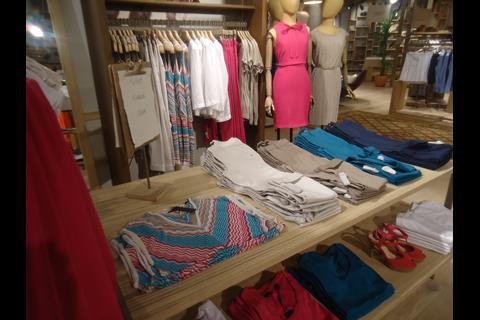
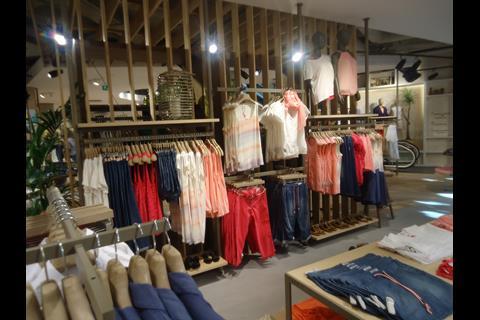
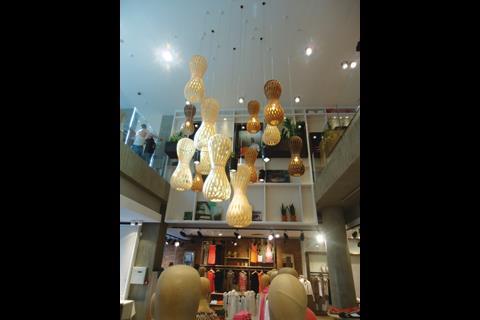
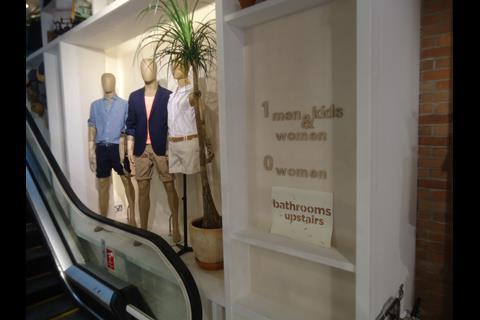




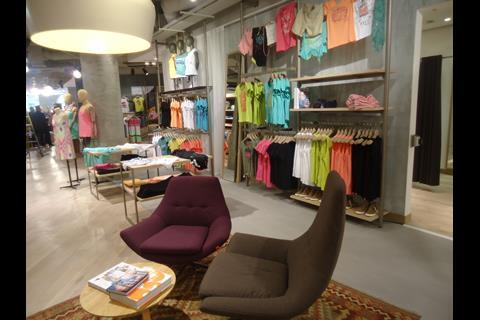


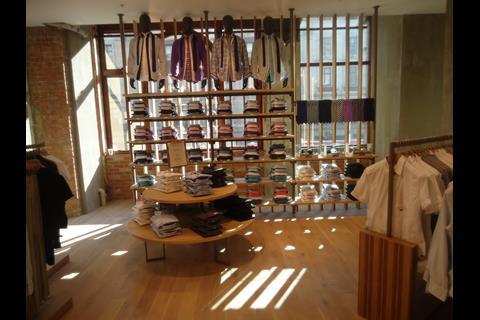

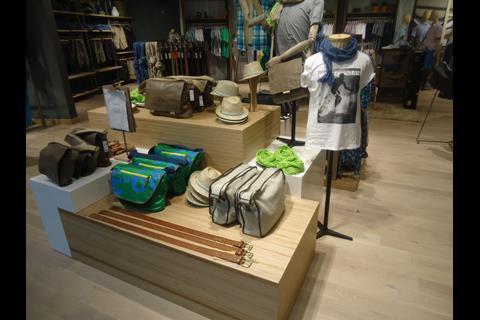
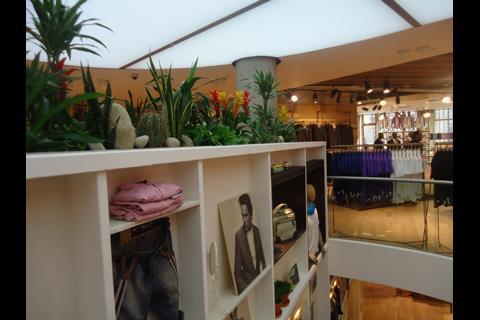
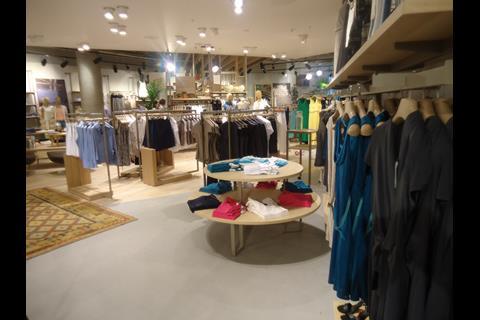

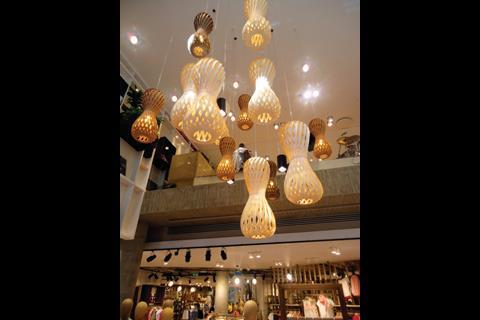
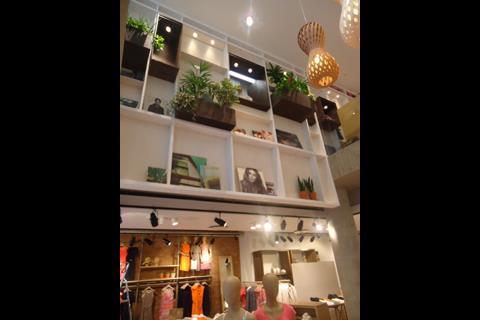
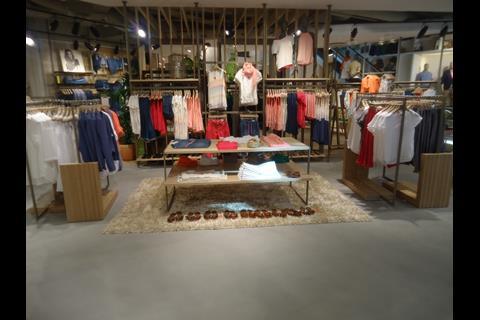
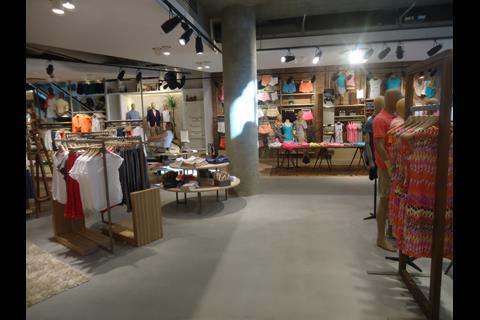
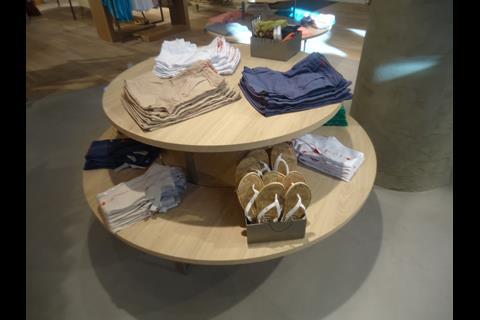

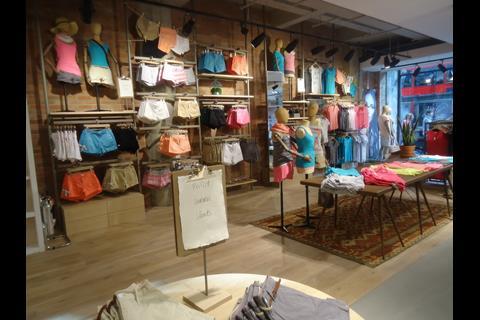
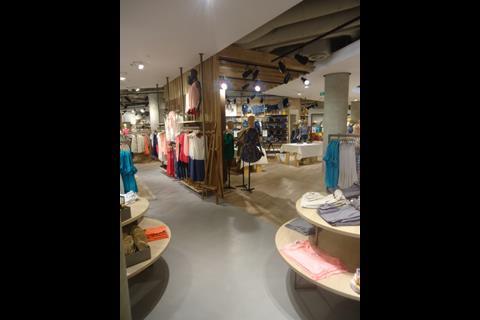


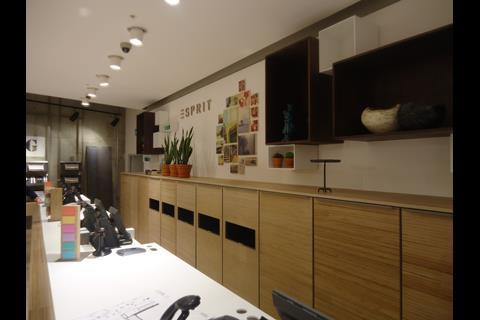


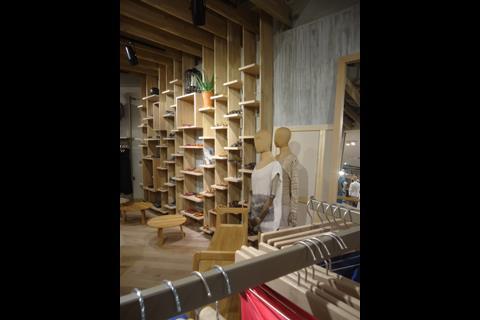



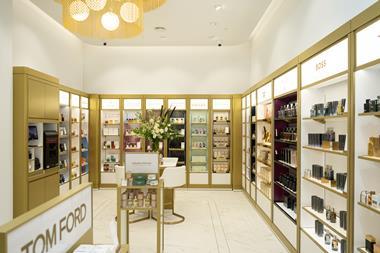


No comments yet